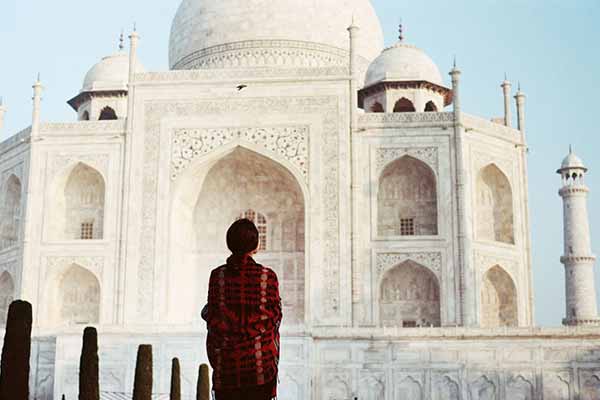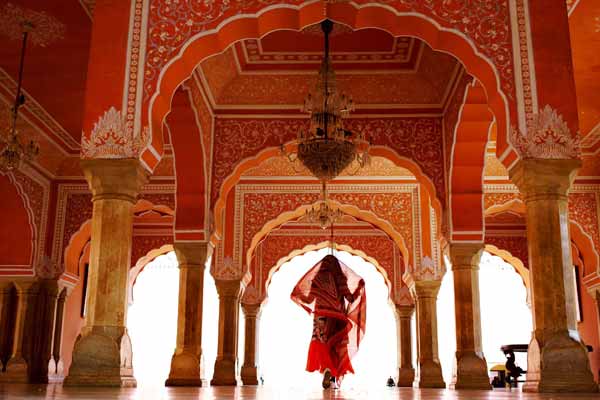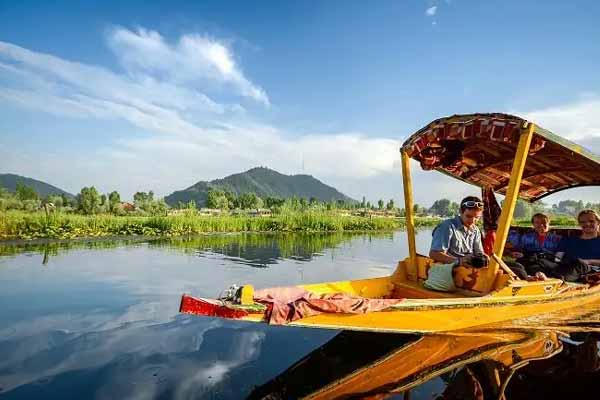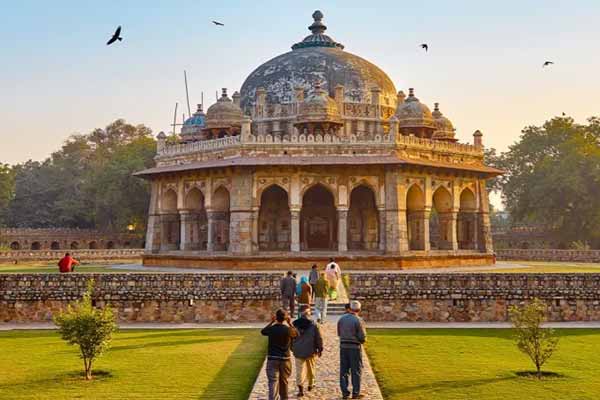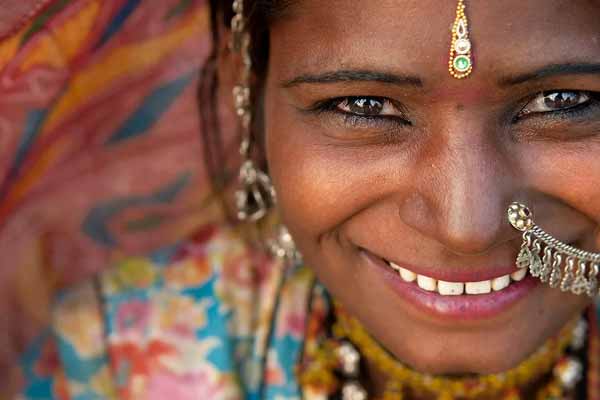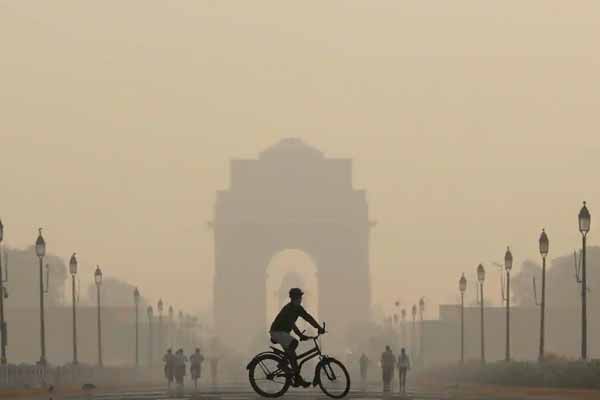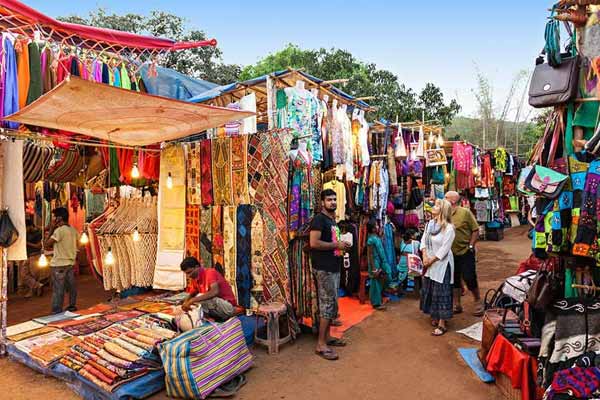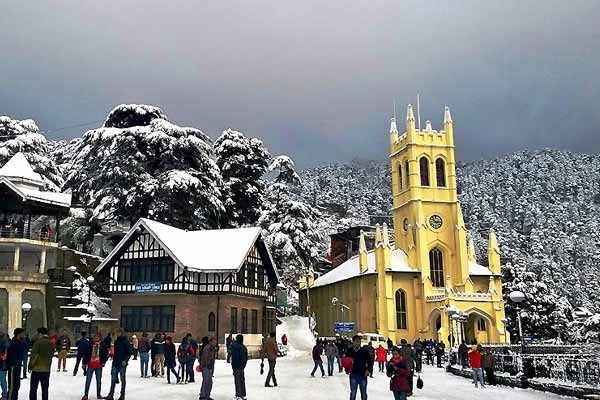Culture of North India
The term North Indian Culture officially describes the cultural heritage of the seven North Indian states of Punjab, Uttarakhand Jammu & Kashmir, Chandigarh (Union Territory), Haryana, Delhi, Himachal Pradesh, and Uttar Pradesh (which itself means "Northern State"). Other states which are not formally part of North India, but which are traditionally — culturally and linguistically — seen to be so are Gujarat , Rajasthan, West Bengal, Jharkhand, Chhattisgarh and Bihar. North Indian culture reflects the diversity of traditions and customs of the vast region it encompasses. North Indian Culture is mainly in sanatana traditions and customs, with the assimilation of — and impact from — other cultures over long periods of history. North Indian culture reflects the diversity of traditions and customs of the vast region it encompasses.
1. Traditional Costume
The women of North India generally wear Salwar-Kameez or Saree, but it is the traditional outfit of the women of Punjab, Jammu and Kashmir, Himachal Pradesh and northern Haryana. In Rajasthan and its adjoining areas like southern Haryana, Uttar Pradesh and Bihar, women wear Ghagra Choli. In the rural northern region men wear dhoti-kurta or shirt-dhoti, kurta-salwar/payjama. Men also wear headgear such as topi, turban or pagdi which are considered as honor.
2. Cuisine
The staple food of North India is wheat which is consumed in the forms of rotis or chapatis with sabzi or curry. Most of the North Indian people prefer vegetarian diet except the Kashmiri. Non-vegetarian dishes are famous as well which includes Mughlai.
Tasty and Spicy Punjabi food such as Lassi, Sarson da Saag, Dal Makhani, Rajma, Choley, Kadhi Pakora, etc. are widely consumed by the North Indians.
Popular Rajasthani cuisine includes Daal-Baati Churma etc. Besides many relishing desserts are also popular in North India like Halwa, Gujia, Kheer, Imarti, Petha (specially petha from Agra), a very famous dessert called Bal Mithai from Kumaon are a few.
3. Music
The music of Northern India is called Hindustani classical music or Shastriya Sangeet originated from Vedic ritual chants. This Hindustani classical music came to be known as Carnatic Classical Music around 12th century. Indian classical music is comprised of seven notes - Sa Re Ga Ma Pa Dha Ni and five half-notes mingled with the basic notes, result into 12-note scale.
The rhythmic patterns of Indian Classical Music are called Taal and Ragas are the melodic foundations of classical music.
4. Dance
Many folk dances from different areas of North India represent its cultural diversity. To begin with the folk dances of Punjab, Bhangra for men and Giddha for women are very famous.
The folk dances of Rajasthan include Ghoomar and Kalbeliya dance, Kinnauri Nati from Himachal Pradesh; Karma from Jharkhand, Panthi from Chhattisgarh, Jagars and Pandva Nritya from Uttarakhand, Rouf of Kashmir enriches the culture of North India. Kathak is one of the well-known classical dances originated in the northern state of Uttar Pradesh.
